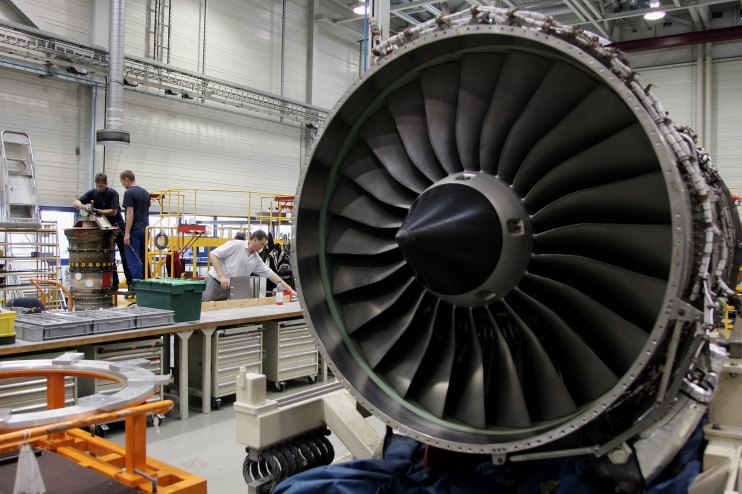Rolls Royce expects profit at lower end of guidance range as engine woes continue

Engineering company Rolls Royce said today it expected full-year profit to be in the lower end of its guidance as it continued to struggle with the Trent 1000 engine.
The company said it was likely to take a £1.4bn charge to full-year operating profit because of troubles with the engine.
It said it expected total in-service cash costs of around £2.4bn across 2017-2023.
Read more: Engine issues still in focus after ‘storm of steel and iron’ falls from plane
The company has been plagued by problems with its Trent 1000 engine since 2016 when cracks were discovered in blades on the engine’s turbine.
Rolls Royce has had to pay millions to airlines which were forced to ground planes due to the engine problems and has also spent millions repairing engines and coming up with design fixes to improve durability.
Rolls-Royce chief executive Warren East said: “My top priority is improving customer confidence in the Trent 1000. We are today announcing additional action to further expand our maintenance capacity and increase our stock of spare engines. We deeply regret the ongoing disruption caused to customers. These steps, which build upon progress made to date, will further reduce disruption to our airline customers and give them the certainty that they need.”
Read more: Rolls Royce share price suffers as it reveals engine setback
Analysts at Jefferies said: “What we have today first and foremost gives airline customers certainty. For both airlines and shareholders, things seem to have been grabbed by the scruff of the neck.”
Rolls-Royce had forecast underlying operating profit and free cash flow of £700m plus or minus £100m at its half-year results in August.
It said free-cash flow for 2020 would be at least £1bn, in line with previous guidance, and it was still confident it could achieve £1 pound per share of free cash flow in the medium term as the Trent 1000 costs subsided.
Shares fell 1.44 per cent to 765p this morning.